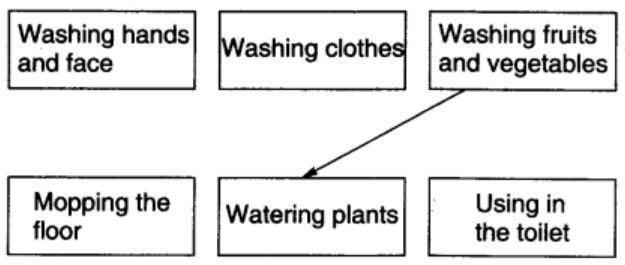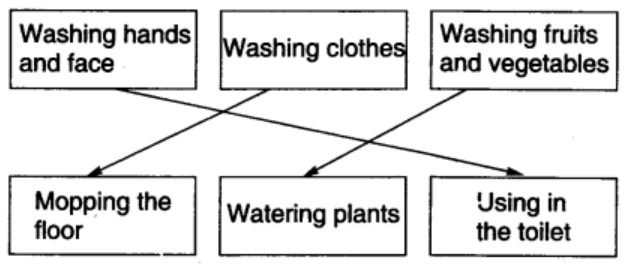NCERT Solutions for Class 3 EVS Chapter 20 Drop by Drop
This page is created by subject matter experts of Home-tution.com and consists of detailed NCERT Solutions for Class 3 EVS Chapter 20 Drop by Drop. All the questions asked in the NCERT textbook class 3 EVS for Chapter 20 Drop by Drop are solved as per the CBSE requirements to score good marks in the school exam for Chapter 20 Drop by Drop.Get chapter-wise NCERT Solutions for class 3 EVS prepared by experts.
Find below NCERT Solutions for Class 3 EVS Chapter 20 Drop by Drop
NCERT Solution For Class 3 EVS
Chapter 20 Drop by Drop
Q1. From where do the people in Madho’s village fetch water for drinking?
Ans:People in Madho’s village usually fetch water from a nearby pond. As the nearby pond has also dried up, his mother and sister have to walk a longer distance to fetch water. Sometimes a train carrying water comes and Madho’s father goes to fetch water in his camel-cart. Some people collect rain water through a special method – by making tanks (tanka). They filter the rain water through a special procedure and use the water for drinking after it is cleaned.
Q2. Who fetches water in Madho’s house?
Ans:Madho’s mother and sister go to the nearby pond to fetch water. His father goes to fetch water in his camel-cart. Sometimes, Madho is permitted to take water from one of the tankas of the village.
Q3. Water collected in the tanka is mostly used for drinking. Why?
Ans:Rain water is collected by some people through a special method by making tanks (tanka). The tanka is kept covered with a lid always and the water collected is filtered properly and is used for drinking after it is cleaned.
Q4. Is rain water collected in your house as well? If yes, how?
Ans:No, rain water is not collected in my house.
Q5. Can there be any other method of collecting water?
Ans:Yes, water can be collected in tanks, drums, buckets, etc. It can also be stored by setting up water collection units or plastic water tanks at the house rooftop.
Q6. Can you think of ways of saving water? Write your suggestions below.
Ans:Here are some of the useful tips to save water:
- Never leave a water tap open
- While brushing your teeth or taking bath, do not leave the tap or shower running.
- Fill a bucket of water, instead of shower while taking bath.
- Any waste water left after washing clothes can be reused to clean your washroom after use.
- Any unused water can also be used to water plants in the garden.
- In case of any water leakage, get it repaired at the earliest.
- Recycle water whenever possible.
Q7. Have you seen water flowing unnecessarily in your home, school or any other place? Where?
Ans:Yes, there was a tap in my garden which was leaking water drop by drop. My father got it repaired as soon as possible to avoid unnecessarily leakage of water.
Q8. Look at the pictures on the next page and discuss – Can we use the water that has been used for one purpose for something else?
Ans:Yes, we can use the water that has been used for one purpose for other purposes. As per the picture given above, bathing water can be used to bathe the animals.
Besides, water left after washing vegetables can be used to water plants in the garden. Left over water after washing clothes can be recycled for cleaning the house such as mopping the floors. Water used for washing hands and feet can be utilized in the toilet.
Q9. Draw lines using different colours to show which work will be done after the other so that the same water can be re-used. One example has been given.

Ans:
